The aim of this book is to inform you about treatments currently available, how they work and what to expect, without boring you with medical jargon.
I have arranged Part One so that each area of the face and body is covered by a separate chapter, to make it easy for you to locate any personal issues you have and find out which no-surgery techniques we use to treat them. I have included the most common cosmetic issues my patients experience and left out obscure ones that are unlikely to be relevant to most readers. Sometimes, if a problem could crop up in one or two different areas of the face or body, I have included it under the area where it bothers people most, so if you cant find what youre looking for, check the index and see if its covered elsewhere.
Should you want to find out more about a particular no-surgery technique youve heard of or read about in Part One, turn to Part Two for more details. Also included in Part Two are first-hand accounts from some of my patients, describing what the treatments felt like and what results they had, to give you a different perspective.
I also felt it was important to mention common cosmetic problems for which there are, as yet, no effective treatments not to disappoint you but to measure your expectations and deter you from wasting your money on treatments that wont give you a good result. Dont be discouraged. In the final chapter of Part Two you can read about exciting new no-surgery techniques being developed to enable cosmetic doctors and specialists to treat these stubborn problems in future. Some of these new treatments are due to be launched in the next couple of years.
Whether this is your first step towards trying no-surgery treatments or you have already tried them but want to know more, I hope this book helps you find an experienced practitioner and enjoy a good result.
Im very nervous. I dont know why, Doctor,
but I am very nervous.
Nervous is a good description of the people who usually come to see me. Most people come via a very circuitous route. Theyve read something in a magazine or heard it through a friend and think carefully before they make that phone call. They are often sceptical and embarrassed. So the first thing I always do is try to put them at ease and answer all their questions. You have to gain their confidence. This is an important and interesting part of my job.
Sometimes I get visitors whose problems are more psychological than physical once a month on average. These patients have a serious condition known as body dysmorphic disorder. In general they are young and have beautiful features but they believe they are ugly. One of the first clues is that they come in with their own magnifying mirror and look into it while repeating idealistic expressions like disappear and perfect. This condition is like anorexia in that these patients have a false body image. They become obsessed with disfiguring scars, wrinkles and blemishes that are barely noticeable. In America, forty per cent of people who go to see a cosmetic surgeon have some degree of body dysmorphism.
A mother once came in to see me with her 18-year-old daughter. The girl was unhappy about a scar on her cheek. I couldnt see anything. I had some new glasses and thought this could be the problem, so I got out my magnifying glass and after another good look I said, Im sorry, I cant really see whats bothering you. This made the girl very upset and she had a good shout at me before storming off, leaving her mother in the room. Her mother just got up and thanked me. She wont leave the house, she said. Weve been telling her theres nothing there but she wont believe us.
The sad thing is that people like this will go somewhere else and, eventually, someone might take advantage of them and treat them when its not necessary. What they really need is a psychological approach to help them resolve their problem.
However, the majority of my first-time patients have a balanced perspective. They want a few inhibiting cosmetic problems sorted out, so they can feel themselves again and get on with their lives. The self-improvement movement has spawned dozens of TV programmes dedicated to making-over faces, bodies and wardrobes, all of which demonstrate the positive impact this has on peoples confidence.
The number of visitors to my clinics has doubled each year for the last five years, and other cosmetic doctors I chat to say they are just as busy. Two to three times a week journalists call me with questions about cosmetic treatments. Every day I have questions from the public through my clinic website. Once, immediately after I had appeared on a TV programme, I was asked to host a web chat. Viewers emailed their questions and at one point I remember there were over 300 waiting. An hour later there was still a queue. Eventually, we had to call a halt and the questions were diverted to my website. I spent the following week trying to catch up! I was genuinely surprised by the response, and impressed by the type of questions being asked. There is clearly a demand for information on non-surgical treatments. So Ive decided to pen you this guide.
Questions answered
 What is available?
What is available?
 What can they do?
What can they do?
 How much should I expect to pay?
How much should I expect to pay?
 How do they work?
How do they work?
 How well do they work?
How well do they work?
 Which dont work?
Which dont work?
 Will it hurt?
Will it hurt?
 Are there any risks or side-effects?
Are there any risks or side-effects?
 When will I see the results?
When will I see the results?
 How long will the results last?
How long will the results last?
Although you can get such information from the internet there is a lot of sales rubbish on it too. So how do you know which bits are true? After all, people can put anything they like on there. Every month a new treatment comes on to the marketplace, some good, some useless, some downright dangerous. However, you can be sure that I am only interested in telling you the truth my career depends on it!
I also have a personal motive for writing this book. It provides me with an opportunity to emphasize the importance of seeking no-surgery treatments from a medically qualified cosmetic doctor. At the time of writing it is still possible for consumers in the UK to go to a beauty salon and have botox injections given by a beautician sometimes with disastrous results. This book will arm you with information on how to avoid a bad result, so you can safely and assuredly reap the benefits that no-surgery treatments can offer.

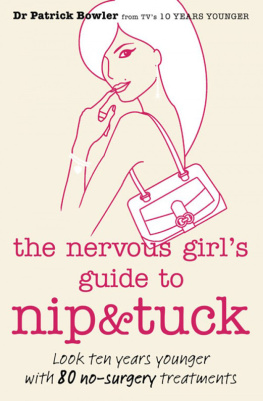
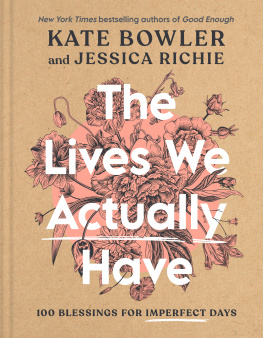



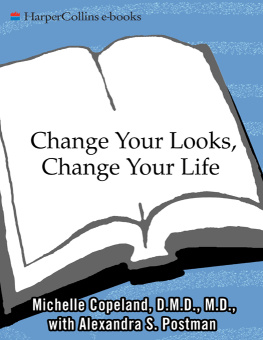

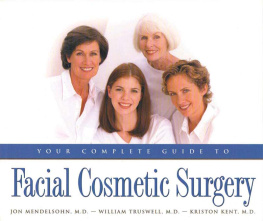
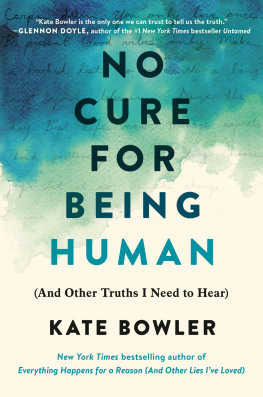


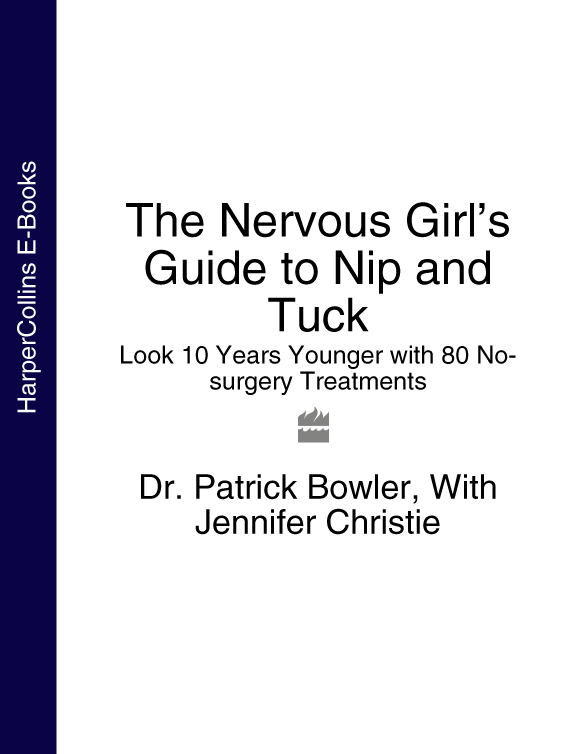
 What is available?
What is available?